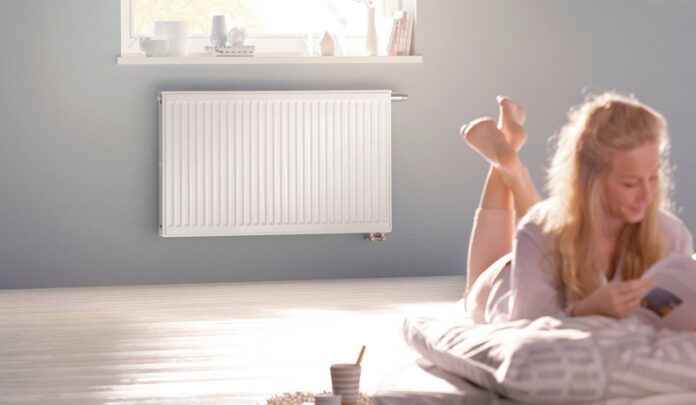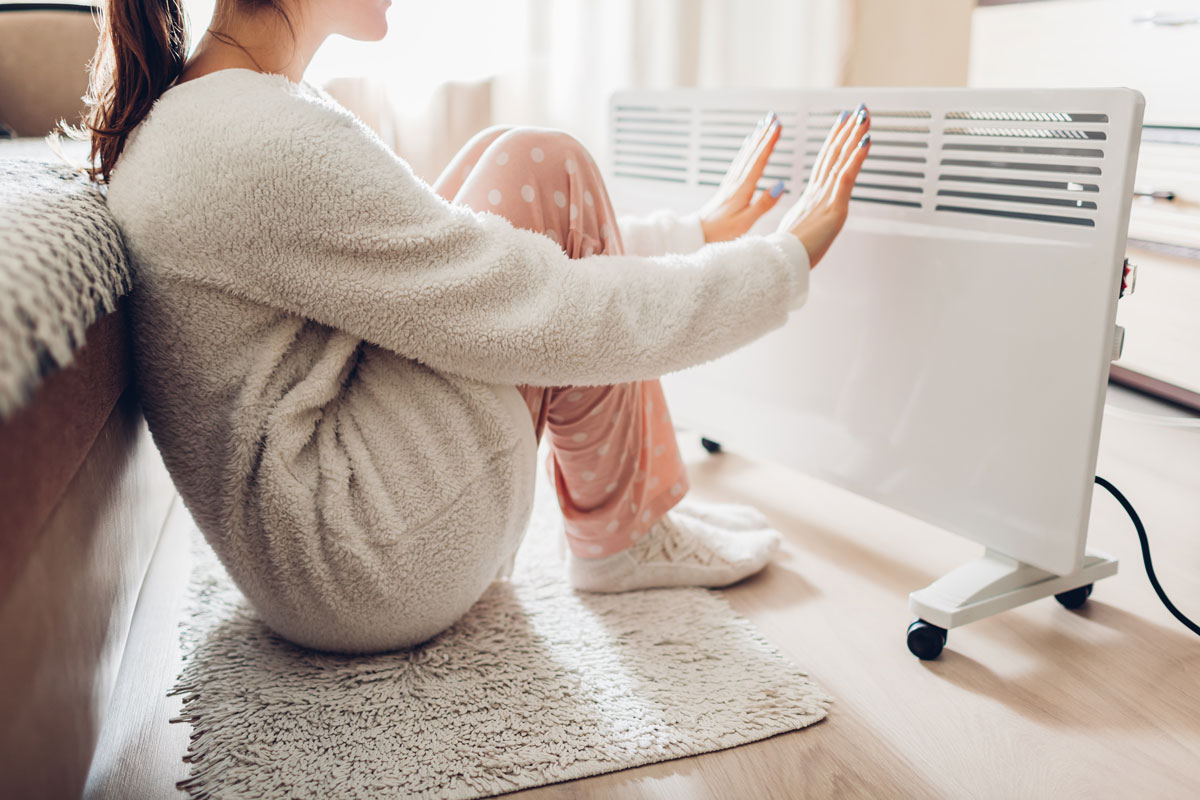If you’re looking for a way to improve your home’s comfort, safety and energy efficiency without spending a fortune, passive ventilation with heat recovery is an excellent option. It’s easy to install and can help improve the air quality in your home while saving on your heating bills by recovering waste heat from warm damp air. It has many other benefits, continue read to know them.
Domestic Heat Recovery Ventilation Requires Little Or No Maintenance
Most Domestic heat recovery ventilation require a lot of maintenance. They often include filters, motors and compressors, pumps, fans and pads or seals. These components wear out over time. With Passive Ventilation all these components are removed from the air handling system. This allows for little or no maintenance on your part as an owner/operator of a building with this type of system installed.
Good For Both New And Old Buildings
Passive ventilation does not require active controls, such as fans or pumps. This means that it’s suitable for both new buildings and existing ones.
Passive ventilation uses temperature differences between inside and outside to draw air through windows or roof vents, creating a natural air-conditioning system that helps improve indoor air quality. Better indoor air quality can help reduce the risk of respiratory problems, such as asthma and allergies. It can also reduce harmful contaminants in the air such as carbon monoxide and lower your energy bills compared to conventional heating/cooling systems.
 Heat Energy Recovery System Reduces The Presence Of Harmful Contaminants In The Air
Heat Energy Recovery System Reduces The Presence Of Harmful Contaminants In The Air
Heat energy recovery system is a great way to reduce the presence of harmful contaminants in the air. It can be used by offices, schools, hospitals and any other commercial buildings that need to benefit from the health benefits of a clean indoor environment.
As well as creating an environment where it is easier for people to breathe, passive ventilation with heat recovery also helps you save money on energy costs and reduces carbon emissions.
Improving Air Quality Could Help You And Your Family Avoid Health Problems
You can achieve these health benefits without reducing the air quality, but you will have to work harder and spend more money. But with passive ventilation with heat recovery, the air quality stays high without any extra effort from you.
Today’s houses are often poorly designed and constructed, so they don’t offer enough fresh air to keep occupants healthy. Air that is not replaced frequently enough is stale and contaminated with dust particles, gases like carbon dioxide (CO2) and nitrogen dioxide (NO2), and bacteria spores that may cause allergies or infections such as Legionnaires’ disease. This can make your family ill, especially if anyone in your home already has a respiratory problem, such as asthma or chronic obstructive pulmonary disease (COPD).
Heat Recovery Fan Reduces Dampness And Condensation
Damp and condensation can be serious issues if left unchecked. Dampness can lead to mould and mildew, which can cause health problems for you, your family and your pets. It damages your property, especially in high-risk areas such as kitchens and bathrooms.
Heat recovery fan reduces the amount of moisture in the air by drawing it out through an exhaust unit that runs outside your window. This means less moisture is drawn into your home again when you open windows or doors—and this prevents dampness from building up on surfaces such as woodwork, wallpaper or flooring. Passive ventilation with heat recovery reduces energy costs, lowers carbon dioxide emissions, and helps reduce the need for fossil fuels. The heat is recovered from the air and used to warm it again. This allows you to keep your home at a comfortable temperature without wasting any power or fuel.
Energy Savings Of Up To 60%
Passive ventilation with heat recovery can help you reduce heating bills by up to 60%. It also reduces carbon dioxide emissions and helps you lower your carbon footprint. This means that if you live in a house with passive ventilation installed, it’ll stay warmer for longer than houses without it. Also, your home will be more comfortable because the air will be cleaner and drier; this prevents mould growth and condensation on surfaces such as windows.
Passive Ventilation Can Reduce The Hot Water You Use In Your Home
Instead of running hot water through your pipes to heat a room or using energy-intensive appliances like electric heaters, you can use the heat from your hot water for other purposes. You can also save money on your energy bills by keeping the air cool in summer and warm in winter and improve air quality while doing so!
Maintain A Comfortable Temperature In Your Home
Passive ventilation with heat recovery can help you maintain a comfortable temperature, humidity level and air quality in your home.
No matter the season or weather outside, passive ventilation with heat recovery will keep the temperature consistently comfortable in your home. It will also ensure that you have clean and healthy indoor air 24/7.
Heat recovery ventilation is also known as heat recovery ventilators. They are designed to recover heat from stale indoor air and transfer it outside while you are breathing in fresh outside air. This technology can help reduce energy usage, increase comfort, and improve indoor air quality.
Heat Recovery Ventilator Sizing Is Cheaper Than Other Ventilation Systems
Heat recovery ventilator sizing is a cheap and effective way to improve existing buildings’ air quality. It doesn’t require any extra equipment, making it ideal for new and old buildings. And because it’s more energy efficient than other ventilation systems, you could save money on heating bills.
Passive ventilation is a simple system that uses natural airflow to improve indoor air quality. It’s not quite as effective as active ventilation, which uses fans and pumps to circulate air around a building. But it’s still a good way to improve air quality in existing homes.
Spend Less On Heating Bills
Investing in a heat recovery system is a great way to get started if you want to reduce your energy costs. The heat recovery system can warm the air in your home and save you money on heating bills. In addition, the heat recovery system can be installed in new or old buildings, making it an option for nearly any homeowner looking for energy-saving solutions.
If you want to stay warm without spending a lot of money, passive ventilation with heat recovery is your best option.
Unlike other ventilation systems, this one requires little or no maintenance. It also improves the air quality in your home by removing stale air and introducing fresh, heated air into your building through an HVAC system. Passive ventilation with heat recovery works well for both new and old buildings because it doesn’t require any major structural changes to be made to the building itself (though there may be some minor ones).
Conclusion
We hope this article has given you some insight into the benefits of passive ventilation with heat recovery and how it can help improve your home. Contact them today if you’re interested in learning more about this technology!
Related Websites
Articles on Blogshunt
Articles on Blogseu
Articles on Blogspeoples
Articles on Thebigblogtheory
Articles on Allcityforums


 Heat Energy Recovery System Reduces The Presence Of Harmful Contaminants In The Air
Heat Energy Recovery System Reduces The Presence Of Harmful Contaminants In The Air